
This post is an in-depth exploration of the impact of motor starting loads on generator performance, a topic that is of utmost importance for the design of industrial and commercial applications (among many others) and that generally produces problems once the energy producing facilities are already in operation, for that reason the great usefulness of what we are going to analyze in this post.
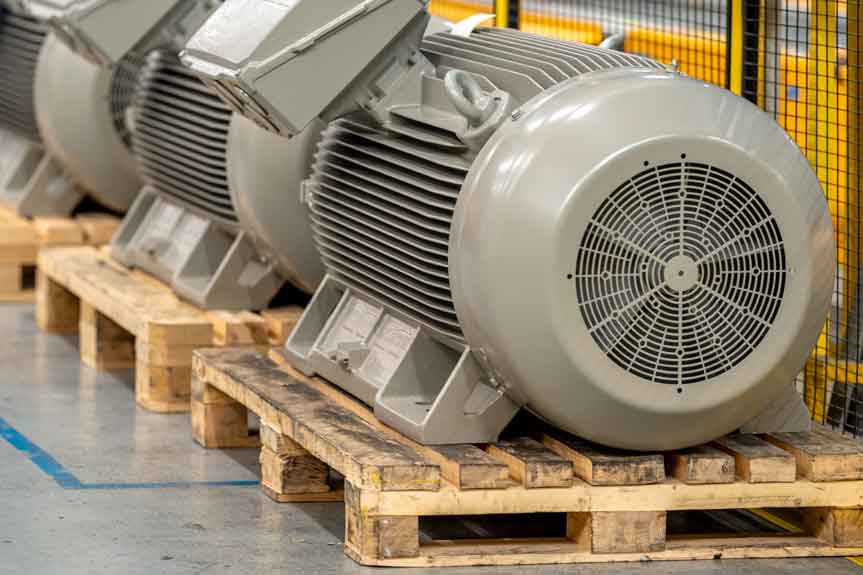
In the contemporary landscape of standby power requirements, the complexity of power loads demands innovative solutions. Today’s industrial and commercial spheres require generators not just to support a blend of linear and nonlinear loads, but to robustly manage the intermittent, heavy demand of large motor loads. Motors, by their dynamic nature, introduce significant sizing and performance considerations due to the intricate interplay between motor operations and generator capabilities. The complexity is further pronounced by variables such as motor starters, system inertia, motor loading conditions, frequency fluctuations, generator preloads, and the presence of nonlinear loads. These factors collectively complicate the manual process of generator sizing, pushing the boundaries of traditional approaches.
The task of adequately sizing a generator to accommodate large motor loads is nuanced, given the varied methodologies adopted by generator manufacturers to define the criteria for reliable standby power systems. Most leading generator manufacturers have resorted to developing sophisticated sizing software to navigate this labyrinth. However, differences in the approach to addressing motor starting nuances across these software platforms often lead to significantly varied recommendations. These differences could result in suggestions for either unnecessarily large and costly generators or insufficiently sized ones, compromising operational reliability. This discourse aims to shed light on how motor loads influence generator performance and how advanced sizing software addresses motor load challenges, thus equipping power system specifiers with the insights needed to make judicious, cost-effective, and resilient choices for motor-starting applications.
Motor Loads: The Fundamental Challenges
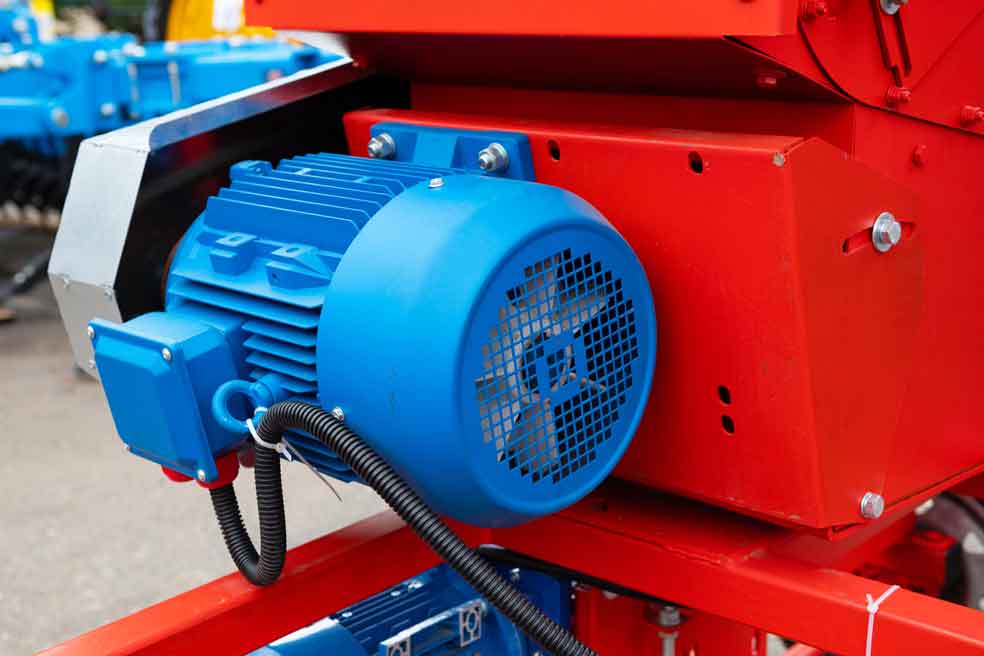
Sizing complications predominantly stem from the high current draw of motors at startup, usually six times their rated full-load current. This inrush persists until motors approach approximately 75% of their operational speed. While such startups on utility power typically result in negligible voltage dips due to the robust nature of the utility as a voltage source, startups on generator power can incur significant voltage dips, potentially stalling the motor before reaching functional speed.
Effectively tackling this challenge mandates a generator sizing strategy that not only accommodates the specific motor-starting load but also minimizes the repercussions on other loads susceptible to voltage and frequency variances. This involves a precise prediction of voltage dips and a comprehensive understanding of the motor’s excess starting capabilities and the permissible levels of voltage dips. The prevalent strategy hones in on the permissible instantaneous voltage dips as the chief criterion for generator sizing in motor-starting scenarios, although certain manufacturers diverge by considering sustained voltage dips instead.
The motor-starting kVA can be determined by the motor’s nameplate. The National Electrical Manufacturers Association (NEMA) sets design standards for motors and has established a NEMA code-letter designation for classifying motors according to the ratio of locked-rotor kVAs (LRKVAs) per horsepower. These code letters range from A to V, covering motors with an LRKVA-per-horsepower ratio of 3.14 or less to a ratio of 22.4 LRKVA-per-horsepower or more.
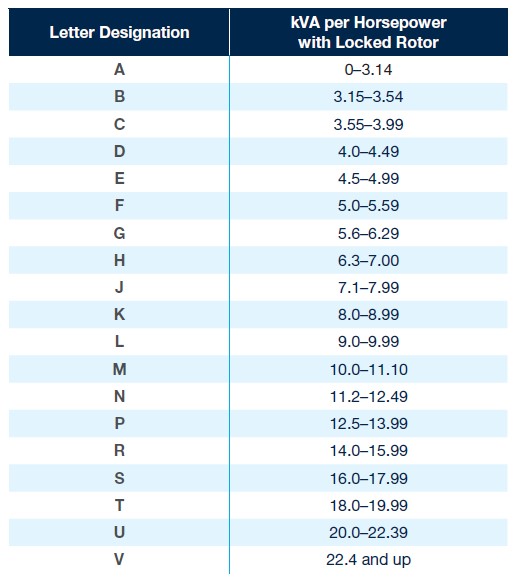
For example, a 50 hp Code F motor requires 279.5 LRKVA per horsepower upon starting (50 hp x 5.59 LRKVA per hp = 279.5 LRKVA/hp). LRKVA is also known as “starting kVA” or “SKVA.” Small motors have a higher NEMA code letter and correspondingly higher LRKVA-per-horsepower requirement than large motors.
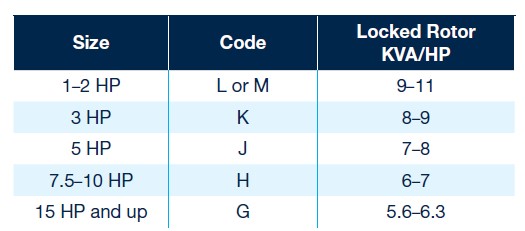
Deciphering the Impact of Motor-Starting Loads and Voltage Dips
The motor’s starting kVA, discernible from the motor’s nameplate and guided by NEMA’s established code-letter designations for motor types, is critical in dictating the generator sizing. Nonetheless, the approach to generator sizing transcends merely aligning the generator’s kVA output with the motor’s starting kVA requirement. A more nuanced understanding encompasses factors like the generator set’s power factor rating and the motor’s starting power factors, thus facilitating the use of generators with capacities significantly lower than those suggested by a strictly conservative sizing approach.
Mitigating Voltage Dips with Motor Starters
Different categories of motor starters offer strategies to alleviate the voltage dips integral to motors’ full-voltage startups. These include reduced-voltage starters, part-winding starters, autotransformer starters, solid-state (soft-start) starters, and wye-delta starters. Each category serves to modulate the starting torque and current, often enabling a downsized generator specification without compromising operational integrity.
Real-World Insights on Motor Starting Efficiencies
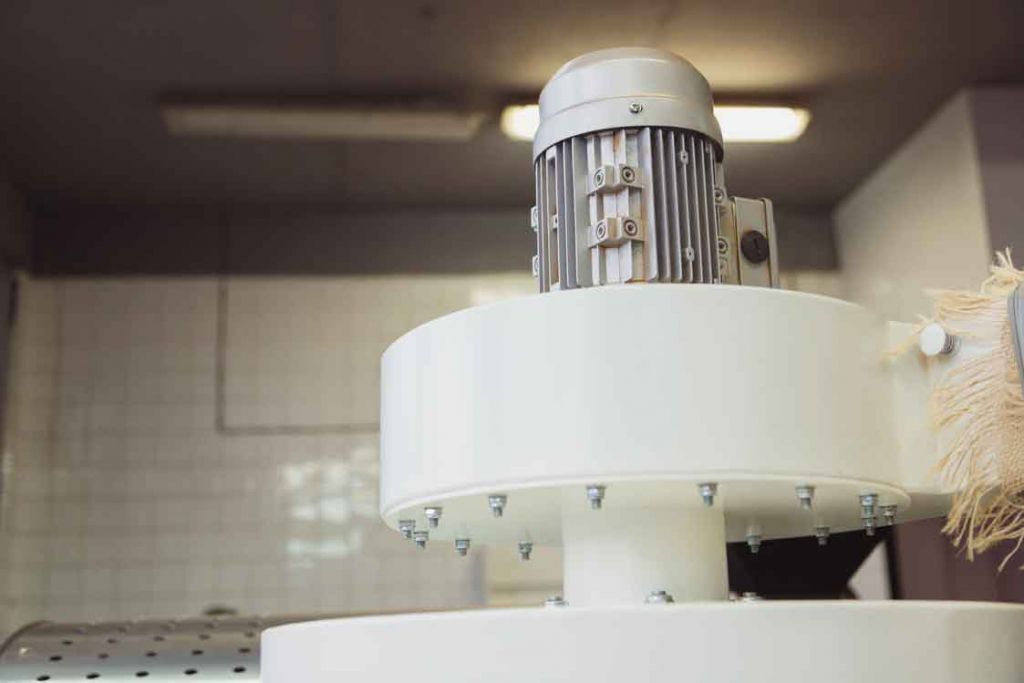
Key factors influencing motor starting in practical scenarios include the generator’s frequency dips, the response times of voltage regulators and excitation systems, pre-existing generator loads, and the effect of nonlinear loads such as electronic motor starters and Variable Frequency Drives (VFDs). An astute understanding of these factors is indispensable for accurate and reliable generator sizing decisions.
Motor Loading Considerations and Voltage Recovery
Differentiating between high-breakaway-torque loads and high-inertia loads is crucial due to their disparate impact on motor acceleration and the generator’s voltage recovery capabilities. While the generator manufacturing field presents divergent views on prioritizing instantaneous versus sustained voltage dips for sizing considerations, empirical evidence and testing uphold the significance of instantaneous voltage dips in correlating with actual motor-starting capabilities, substantiating them as the primary criterion.
Towards Precision in Generator Sizing for Motor-Starting Applications
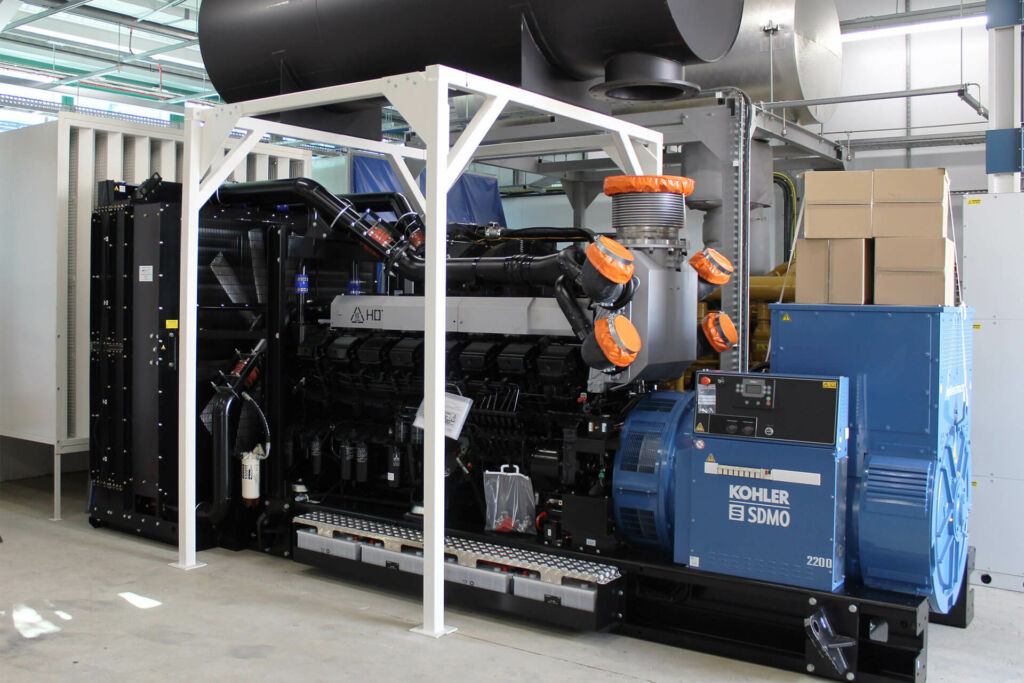
Addressing the motor-starting demands with generators requires a holistic view, appreciating the generator as part of a comprehensive system that includes the engine, alternator, voltage regulator, and excitation system, alongside factors like motor starters, system inertia, motor loading, and preloads. By evaluating this integrated system in light of real-world performance and leveraging precision-engineered generator-sizing software, power system specifiers are better positioned to ensure the reliability, efficiency, and cost-effectiveness of the generator system tailored for specific motor-starting needs. This approach not only guarantees operational reliability but also optimizes capital and operational expenditures in deploying standby power systems for motor-starting applications.
Here at Brags & Hayes Generators, we work meticulously to fulfill these demands, ensuring that our supply systems operate seamlessly, efficiently, and effectively. If you have questions about generator installations, feel free to reach out to us. We’re available via the Whatsapp chat function on this page, email at info@bnhgenerators.com, and also by phone on +1.954.657.7777. We are always here to help!

